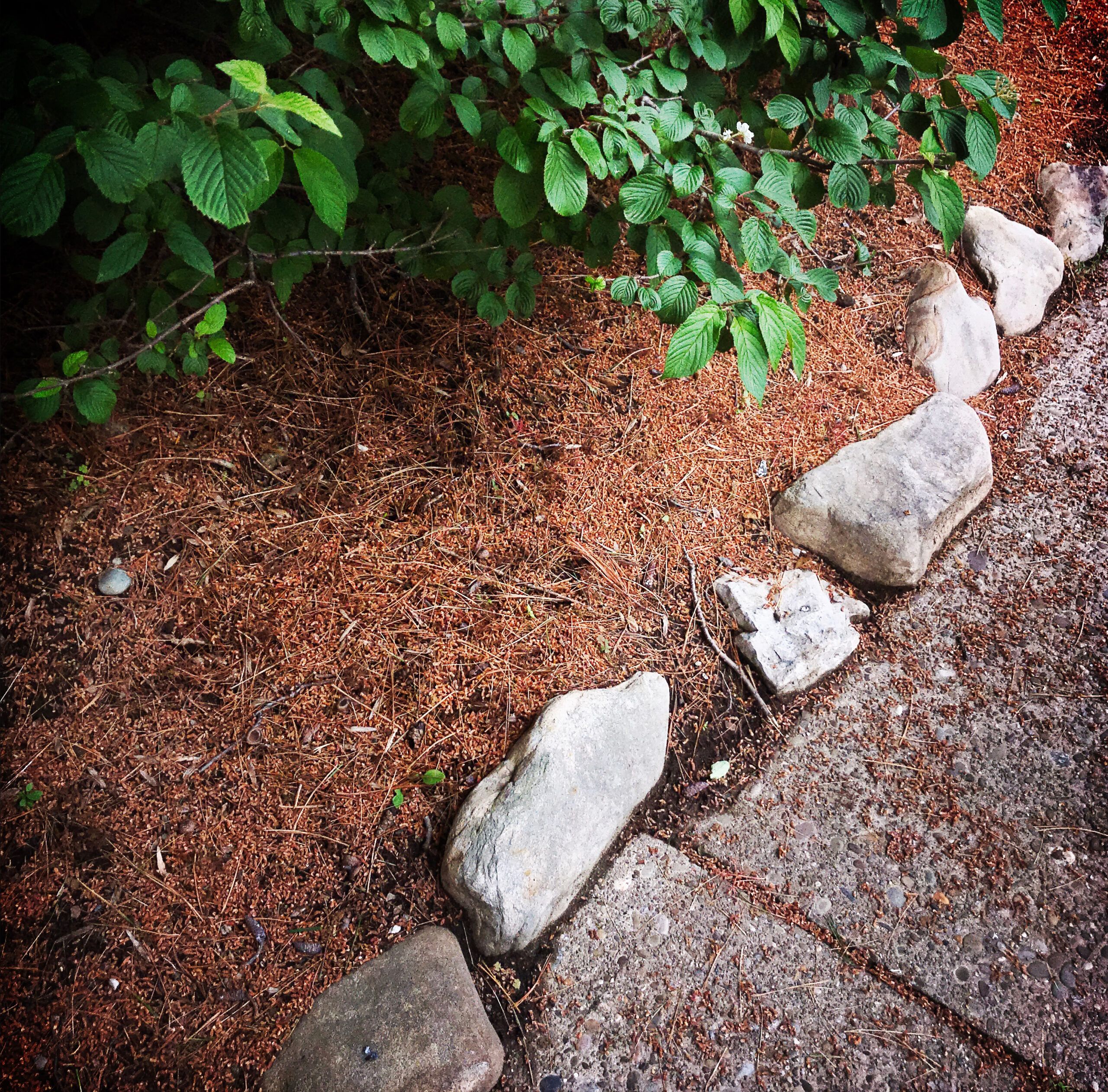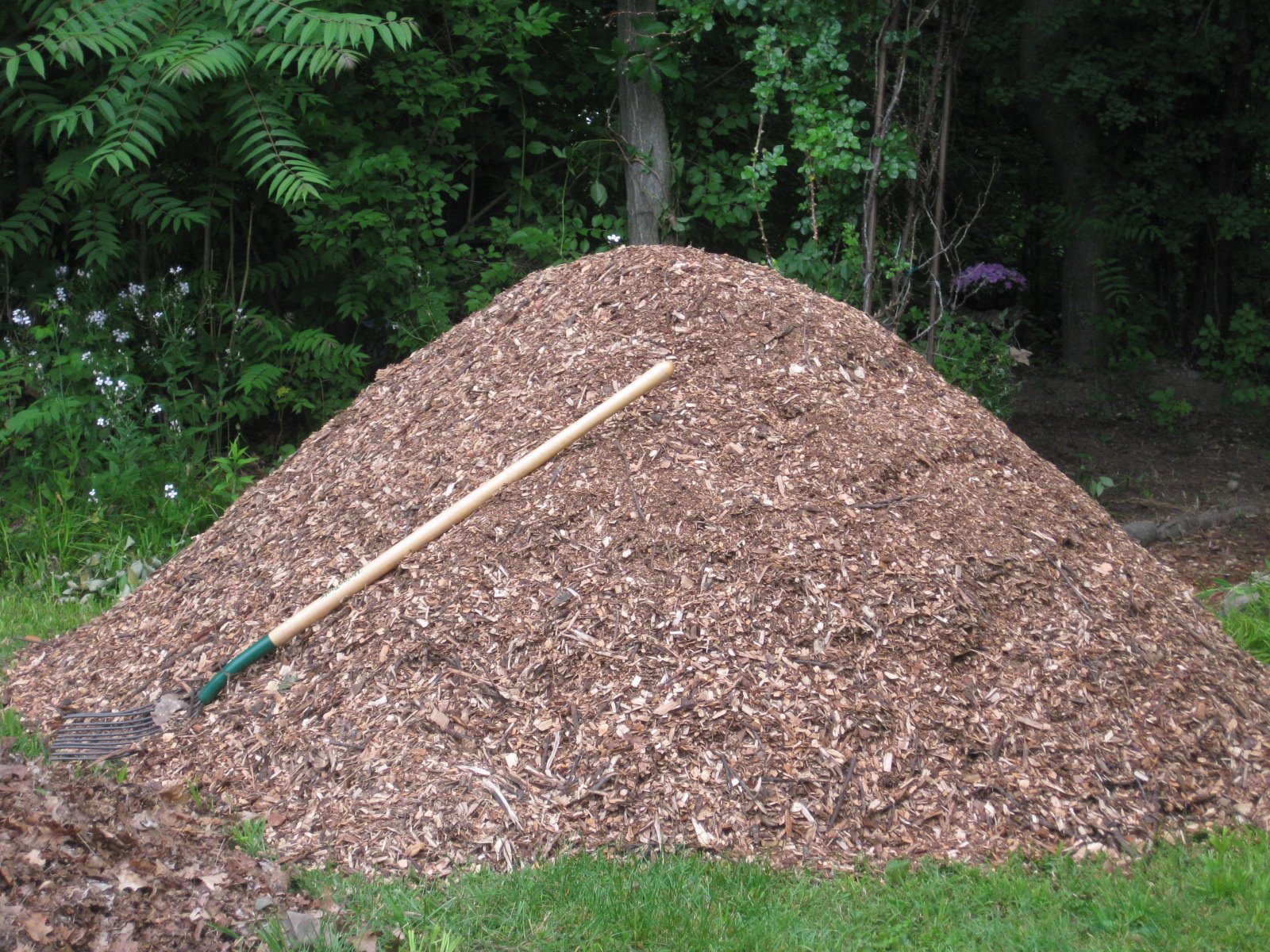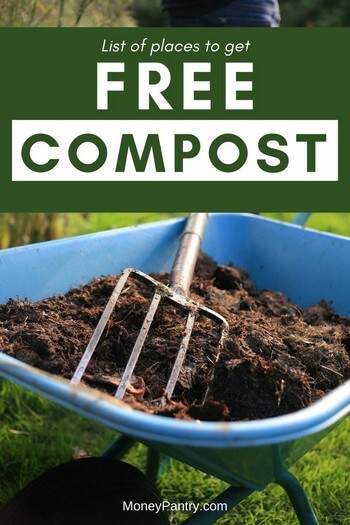How To Mulch Your Garden For
Title: How to Mulch Your Garden for a Healthy and Beautiful Landscape
Introduction:
Mulching is a gardening practice that involves adding a layer of organic or inorganic material to the soil surface. Mulch can help to improve the health and appearance of your garden in a number of ways. It can help to conserve water, reduce weed growth, and improve soil fertility. Mulch can also help to protect plants from temperature extremes and pests.
In this blog post, we will discuss the benefits of mulching and provide step-by-step instructions on how to mulch your garden. We will also discuss the different types of mulch available and how to choose the right mulch for your needs.
Benefits of Mulching:
- Conserves water: Mulch helps to keep the soil moist by reducing evaporation. This can save you money on your water bill and help your plants to thrive, especially during hot, dry weather.
- Reduces weed growth: Mulch creates a barrier that prevents weeds from germinating. This can save you time and energy weeding, and it can also help to improve the appearance of your garden.
- Improves soil fertility: Mulch decomposes over time and adds nutrients to the soil. This can help to improve the health and growth of your plants.
- Protects plants from temperature extremes: Mulch can help to insulate plants from cold winter weather and hot summer sun. This can help to prevent plant damage and promote healthy growth.
- Protects plants from pests: Mulch can help to deter pests such as slugs, snails, and rodents.
Types of Mulch:
There are many different types of mulch available, each with its own advantages and disadvantages. Some of the most common types of mulch include:
- Wood chips: Wood chips are a popular choice for mulching because they are relatively inexpensive and easy to find. They are also effective at conserving water and reducing weed growth. However, wood chips can be heavy and difficult to spread, and they can also attract termites.
- Peat moss: Peat moss is a lightweight, organic mulch that is good for retaining moisture. It is also relatively inexpensive and easy to find. However, peat moss can be acidic, so it is not suitable for all plants.
- Shredded bark: Shredded bark is a natural mulch that is attractive and effective at suppressing weeds. It is also relatively lightweight and easy to spread. However, shredded bark can be expensive.
- Grass clippings: Grass clippings are a free and easy way to mulch your garden. They are effective at conserving water and suppressing weeds. However, grass clippings can mat down and attract pests.
- Compost: Compost is a nutrient-rich mulch that is good for improving soil health. It is also relatively lightweight and easy to spread. However, compost can be expensive to purchase.
How to Choose the Right Mulch:
The best type of mulch for your garden will depend on a number of factors, including the climate, the type of plants you are growing, and your budget. If you live in a hot, dry climate, you will want to choose a mulch that is good at conserving water. If you have a lot of weeds, you will want to choose a mulch that is effective at suppressing weed growth. And if you are on a budget, you will want to choose a mulch that is relatively inexpensive.
How to Mulch Your Garden:
Once you have chosen the right type of mulch, you are ready to start mulching your garden. Here are the basic steps:
- Remove any weeds from the area you plan to mulch.
- Rake the soil to create a smooth surface.
- Spread the mulch evenly over the soil, leaving a 2- to 3-inch space around the base of plants.
- Water the mulch thoroughly.
How Often to Mulch:
The frequency with which you need to mulch your garden will depend on the type of mulch you are using and the climate. In general, you will need to mulch your garden once a year. However, if you live in a hot, dry climate, you may need to mulch more often.
Conclusion:
Mulching is a simple and effective way to improve the health and appearance of your garden. By following the tips in this blog post, you can mulch your garden like a pro and enjoy the benefits of mulching for years to come.
Mulch is a great way to improve your garden. It helps to retain moisture, suppress weeds, and protect your plants from the elements. If you're thinking about using mulch in your garden, I recommend visiting Home Gardening for more information. Home Gardening is a comprehensive resource on all things mulch, from the different types of mulch available to how to apply it correctly. You'll also find a wealth of other gardening tips and advice on Home Gardening.
So what are you waiting for? Visit Home Gardening today to learn more about mulch and how it can benefit your garden!
FAQ of the mulch
- What is mulch?
Mulch is a layer of organic or inorganic material that is applied to the soil around plants. It helps to conserve moisture, suppress weeds, and improve the overall health of the soil.
- What are the benefits of using mulch?
Mulch offers a number of benefits, including:
* Conserving moisture: Mulch helps to prevent water from evaporating from the soil, which can help to reduce the need for irrigation.
* suppressing weeds: Mulch creates a barrier that makes it difficult for weeds to germinate and grow.
* Improving soil health: Mulch helps to improve the structure of the soil, making it more airy and water-permeable. This can help to promote root growth and nutrient uptake.
* Reducing soil temperature fluctuations: Mulch can help to insulate the soil, which can help to protect plants from extreme temperatures.
*Attracting beneficial insects: Mulch can attract beneficial insects, such as earthworms and ladybugs, which can help to control pests and diseases.
- What type of mulch should I use?
There are many different types of mulch available, including:
* Organic mulches: These mulches are made from plant materials, such as wood chips, bark, leaves, and straw. Organic mulches are generally considered to be the best type of mulch for gardens, as they break down over time and add nutrients to the soil.
* Inorganic mulches: These mulches are made from non-organic materials, such as rocks, pebbles, and gravel. Inorganic mulches are not as beneficial for plants as organic mulches, but they can be a good option for areas where organic mulches are not practical, such as around swimming pools or patios.
- How much mulch should I use?
The amount of mulch you need to use will vary depending on the type of mulch you are using and the size of the area you are mulching. In general, you should apply a layer of mulch that is 2-4 inches thick.
- How often should I reapply mulch?
You will need to reapply mulch as it breaks down and decomposes. Organic mulches typically need to be reapplied every 1-2 years, while inorganic mulches may only need to be reapplied every 5-10 years.
- What are some tips for using mulch?
Here are some tips for using mulch:
* Apply mulch around plants, but not directly against the stems.
* Rake the mulch evenly so that it is not too thick or too thin.
* Keep mulch away from flower beds and vegetable gardens, as it can attract slugs and snails.
* Reapply mulch as needed.
Image of the mulch
10 different images of mulch that are free to use:
- Wood chips are a popular type of organic mulch that is made from shredded wood. They are available in a variety of colors and sizes, and they can help to retain moisture in the soil, suppress weed growth, and improve drainage.
- Pine needles are another type of organic mulch that is free to use. They are naturally acidic, so they are a good choice for plants that prefer acidic soil. Pine needles can also help to deter pests and diseases.

- Shredded bark is a type of organic mulch that is made from ground-up bark. It is available in a variety of colors, and it can help to improve the drainage and aeration of the soil. Shredded bark can also help to suppress weed growth.

- Compost is a type of organic mulch that is made from decomposed plant material. It is a nutrient-rich mulch that can help to improve the soil quality. Compost can also help to retain moisture in the soil and suppress weed growth.

- Straw is a type of organic mulch that is made from chopped straw. It is a lightweight mulch that can help to retain moisture in the soil and suppress weed growth. Straw can also be used to create a barrier around plants to protect them from pests and diseases.

- Rocks are a type of inorganic mulch that can be used to suppress weed growth and add visual interest to a garden. Rocks can also help to retain moisture in the soil and improve drainage.
- Gravel is another type of inorganic mulch that can be used to suppress weed growth and add visual interest to a garden. Gravel can also help to retain moisture in the soil and improve drainage.

- Pebbles are a type of inorganic mulch that is smaller than rocks or gravel. They can be used to suppress weed growth and add visual interest to a garden. Pebbles can also help to retain moisture in the soil and improve drainage.

- Black plastic is a type of inorganic mulch that can be used to suppress weed growth. It is also a good choice for creating a barrier around plants to protect them from pests and diseases.
- Geotextiles are a type of inorganic mulch that is made from woven or non-woven fabric. They can be used to suppress weed growth and improve drainage. Geotextiles can also be used to create a barrier around plants to protect them from pests and diseases.


Post a Comment for "How To Mulch Your Garden For"